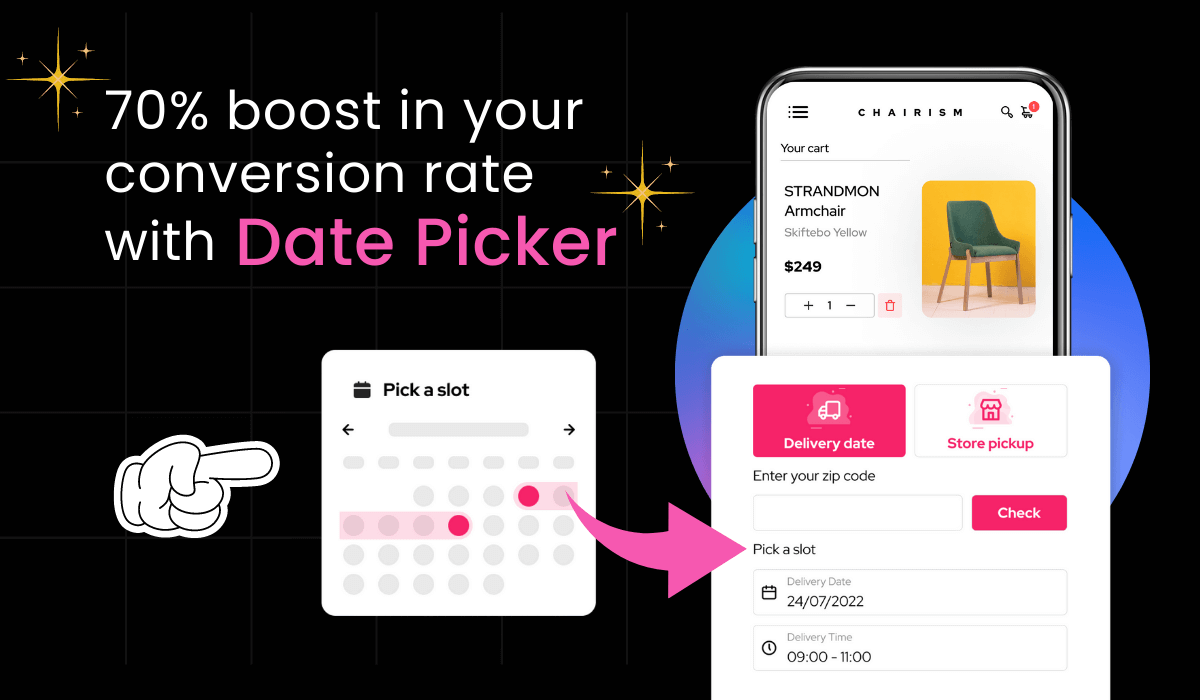Marketing expenses could be expensive, but it is not always the case! There are a lot of low costing marketing tactics that are worth attempting. Affordable and powerful - SMS Marketing is here to expand your customer base without breaking the bank.
Blog
Every business, big or small, relies on a consistent and reliable sales cycle to generate revenue. However, the sales process can often be complex and time-consuming, leading to lost opportunities and delayed revenue. This is where the "Quote to Cash" (QTC) process comes in, providing a streamlined solution to improve the efficiency and effectiveness of the sales process.
During the Easter holiday season, the eCommerce industry earns a significant profit as 81% of Americans celebrate the occasion and spend a total of $24 billion in 2023, and spend an average of $192.01, the highest figure on record. By applying Easter marketing strategies, you can reach your target audience and boost your sales. To enhance customer engagement and improve conversion rates, we have put all marketing tips together into a collection of our top ideas and best practices to assist you with your Easter marketing campaigns.
70% of online shopping carts are abandoned. And one of the top reasons for this is the lack of delivery date options. In fact, according to a survey by MetaPack, 55% of online shoppers would abandon their cart if delivery options don't meet their expectations. As an e-commerce merchant, you can't afford to ignore the importance of providing a seamless delivery experience for your customers. That's where a delivery date picker comes in. By adding this simple tool to your Shopify store, you can allow customers to choose the date and time that suits them best, resulting in fewer abandoned carts and increased customer satisfaction.
And the best part? You don't need to be a coding expert to set it up. In this blog post, we'll show you how to add a delivery date picker to your Shopify store without any coding.
Ahoy there, matey! If you're ready to set sail on the high seas of SMS marketing, you better make sure your ship is TCPA compliant.
Don't worry, it's not as complicated as it sounds! We've got your back and won't let you sink! In fact, it's super easy with our happy and upbeat guide to TCPA-compliant SMS marketing. So, let's get started and keep your text message marketing fun, happy, and compliant!





